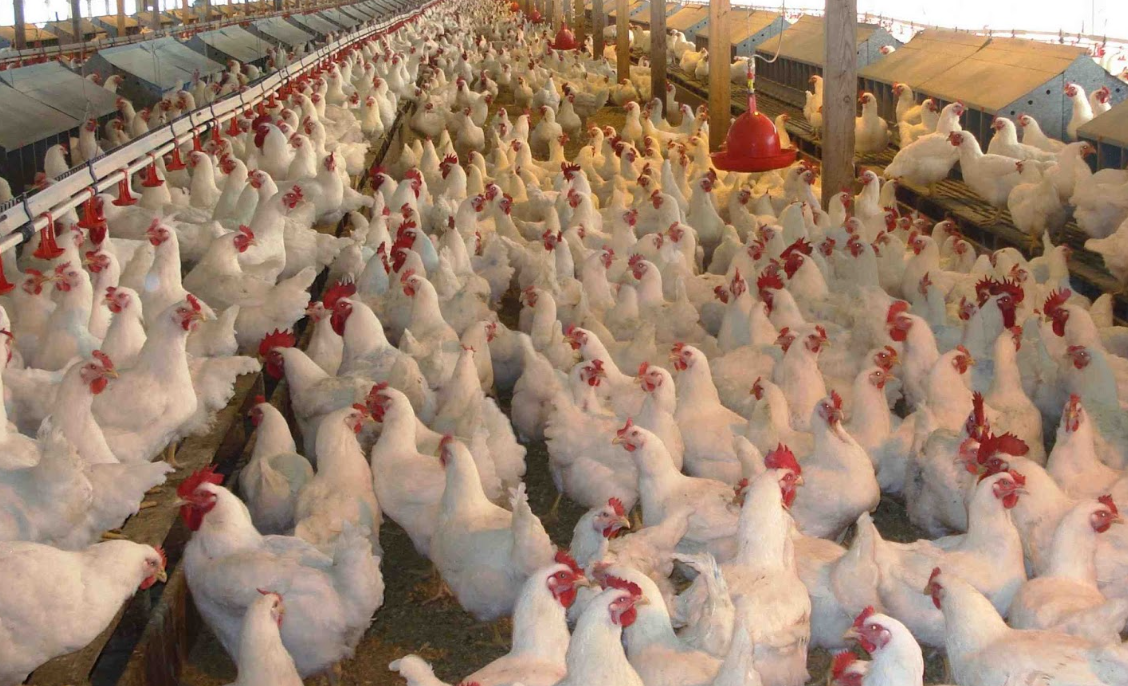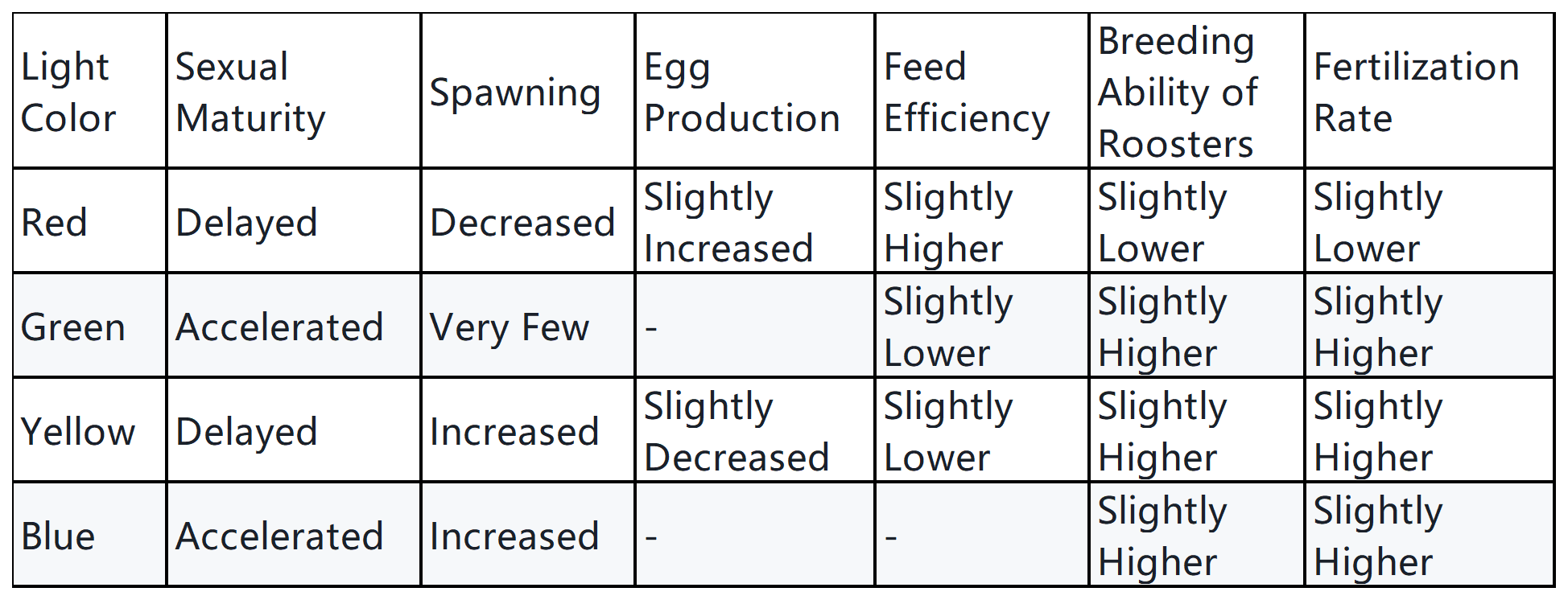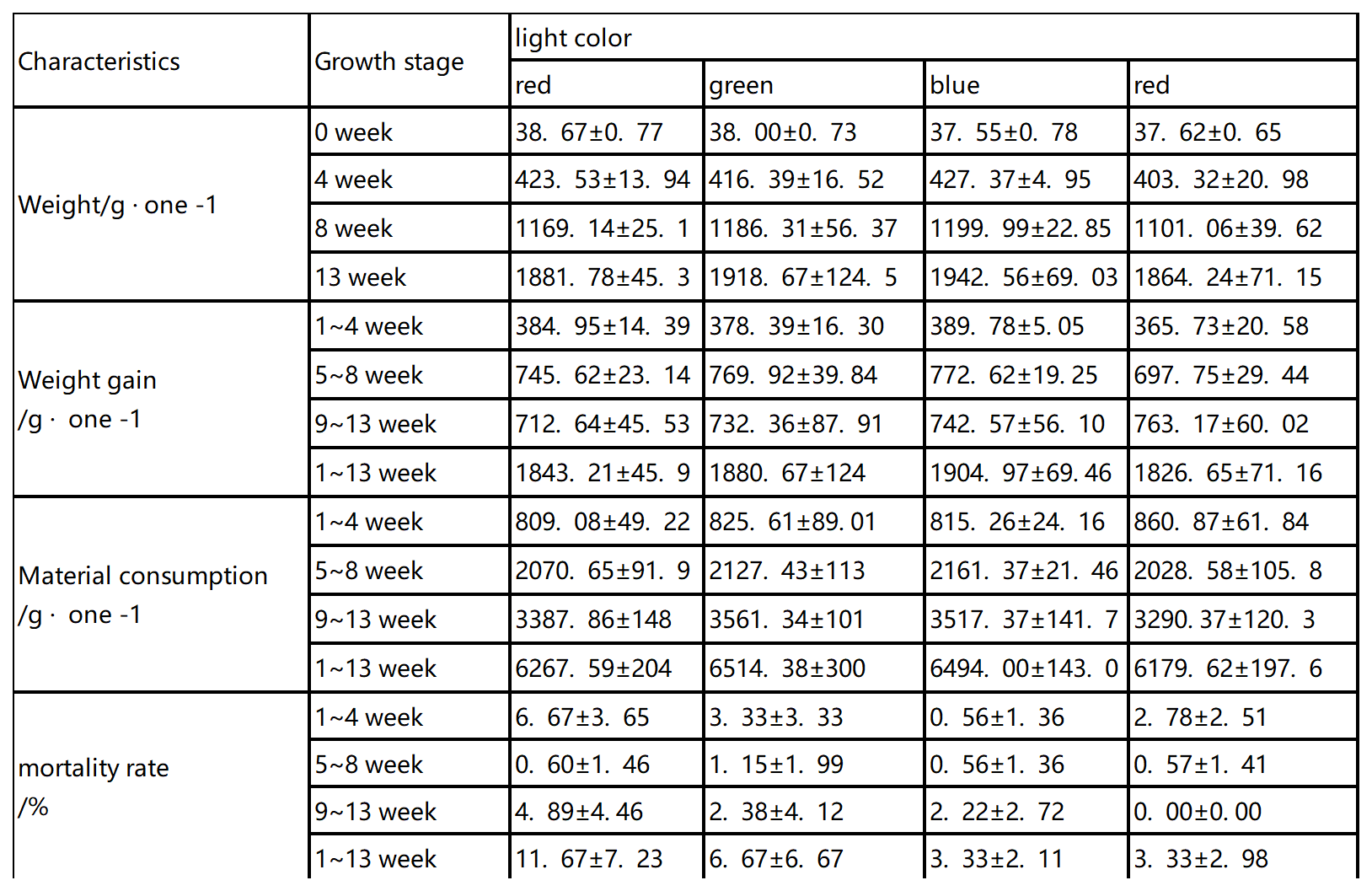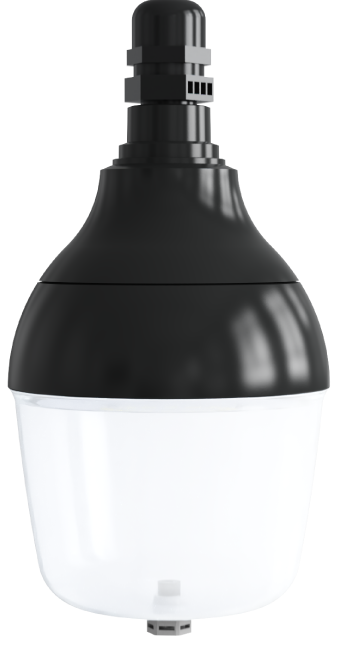Chicken Lighting: Enhancing Productivity and Efficiency

Directory:
1. The Importance of Lighting for Chickens
2. Lighting Requirements Across Different Stages of Chicken Production
3. Advancements in LED Lighting Technology for Chicken Farms
4. Economic and Practical Benefits of Proper Lighting Management
Lighting plays a critical role in modern chicken farming, influencing the health, behavior, and productivity of poultry. Effective lighting management is essential for optimizing growth rates, reproduction, and overall flock performance. This article explores the importance of lighting in chicken farming, its impact on various aspects of chicken production, and the advancements in LED lighting technology that are revolutionizing the industry.
1. The Importance of Lighting for Chickens
Lighting affects chickens in two primary ways: as a stimulatory factor and as a synchronizing signal.
Stimulatory Role: Light stimulates the reproductive system, promoting the secretion of hormones such as gonadotropin-releasing hormone (GnRH), follicle-stimulating hormone (FSH), and luteinizing hormone (LH). These hormones regulate the development of ovarian follicles, egg formation, and ovulation in hens. Proper lighting can control the onset of lay (first egg production) and maintain high egg production rates.
Synchronizing Role: Chickens have a biological rhythm that aligns with the light-dark cycle. Lighting helps synchronize internal physiological processes, such as the timing of ovulation and egg-laying.
Lighting intensity, duration, and color also influence chicken behavior and health. For example, red light can reduce stress and aggression but may delay sexual maturity and reduce egg fertility. In contrast, blue, green, and yellow light can accelerate growth and sexual development but may negatively impact egg production and egg quality.
fig1 Chickens' reactions to different colors of light

Table 2 Effect of light color on chicken body weight

2. Lighting Requirements Across Different Stages of Chicken Production
2.1 Brooding Phase (0–10 weeks)
During the early stages of growth, lighting has minimal impact on chicken development. However, consistent and adequate light levels are essential for proper navigation, feeding, and social interaction.
2.2 Growing Phase (10–16 weeks)
As chickens approach sexual maturity, lighting becomes critical. Extended lighting periods (typically 16 hours) are used to stimulate reproductive development and ensure optimal growth.
2.3 Laying Phase (16+ weeks)
Maintaining a consistent lighting schedule (16 hours of light per day) is crucial for sustained egg production. Lighting intensity should be high enough to ensure proper visibility and stimulate activity but not so intense as to cause stress.
3. Advancements in LED Lighting Technology for Chicken Farms
Light-emitting diodes (LEDs) have emerged as a game-changer in poultry lighting due to their energy efficiency, customizable features, and long lifespan.
3.1 Energy Efficiency
LEDs consume significantly less energy than traditional lighting systems, reducing operational costs. They also generate less heat, which minimizes the risk of overheating in crowded chicken coops.
3.2 Adjustable Lighting
LEDs allow farmers to precisely control light intensity and color, tailoring lighting conditions to meet the specific needs of different chicken breeds and production stages. For example: white light is ideal for general-purpose lighting; red light can reduce stress in brooding chickens.
3.3 Longevity
LEDs have a lifespan of thousands of hours, reducing maintenance and replacement costs.
3.4 Environmental Benefits
LEDs are eco-friendly, with no toxic materials like mercury, which is often found in fluorescent lights. This makes them a sustainable choice for modern farming operations.
Recent studies have demonstrated that LED lighting can improve egg production rates, reduce mortality rates, and enhance flock uniformity. For instance, one experiment showed that LED lighting in brooding stages improved chick uniformity, while in laying stages, it reduced mortality and maintained consistent egg production.
4. Economic and Practical Benefits of Proper Lighting Management
Effective lighting management contributes to both profitability and animal welfare. By optimizing lighting conditions, farmers can achieve:
4.1 Higher Egg Production
Consistent lighting schedules maintain high egg output, especially during the laying phase.
4.2 Improved Flock Health
Reduced stress and improved visibility lead to healthier chickens.
4.3 Enhanced Reproductive Success
Proper lighting stimulates hormone secretion, ensuring successful reproduction.
4.4 Cost Savings
Energy-efficient LED systems reduce electricity consumption and maintenance costs.
Despite the advantages of LED lighting, there are challenges to its widespread adoption, including the high initial cost of LED systems and the need for proper system design to ensure optimal lighting coverage.
Future research should focus on developing lighting systems that can adapt to individual chicken needs, such as dynamic lighting schedules that adjust based on flock behavior or environmental conditions. Additionally, exploring the optimal combination of light colors and intensities for different chicken breeds and production stages could further enhance productivity.
Lighting is a critical factor in chicken farming, influencing growth, reproduction, and overall flock performance. With advancements in LED technology, farmers now have access to more efficient and customizable lighting solutions. By implementing scientific lighting management strategy, poultry producers can maximize productivity, improve animal welfare, and achieve greater economic success. As the industry continues to evolve, understanding the complex relationship between lighting and chicken behavior will remain essential for sustainable and profitable poultry production.
5. Related Product
